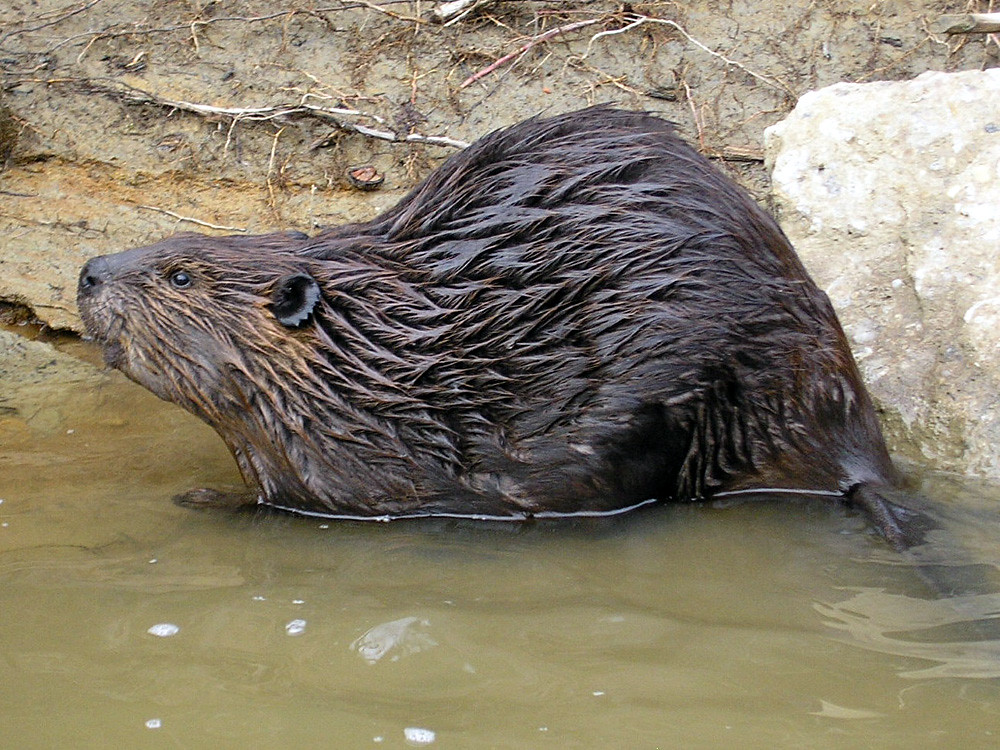
Every animal has a role in keeping ecosystems balanced, but some of these species are absolute MVPs (that’s Most Valuable Players). These creatures go above and beyond to maintain the health of their environments, often in ways we don’t even notice. Let’s explore 15 such animals and why their survival is essential for everyone—humans included.
Bees
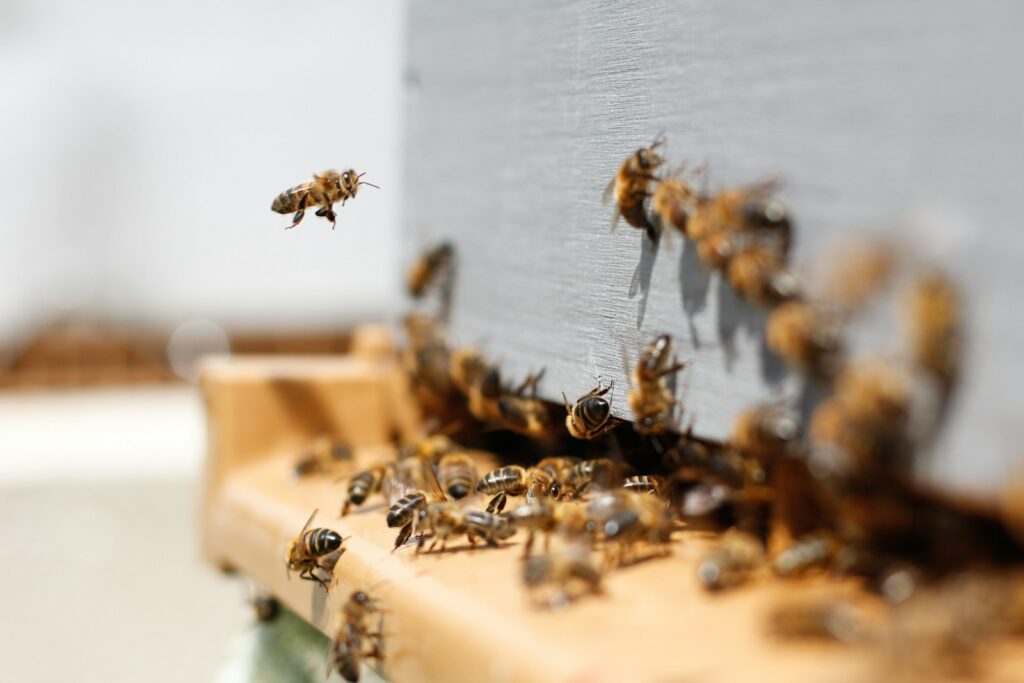
Bees may be tiny, but they play a big role in the ecosystem. How? Well, you see, these buzzing pollinators make sure that the flowers bloom, crops grow, and wild plants continue to thrive. Without them, about 75% of our food crops would struggle. But sadly, these small creatures are losing their lives due to pesticides, habitat loss, and climate change.
Sea Otters
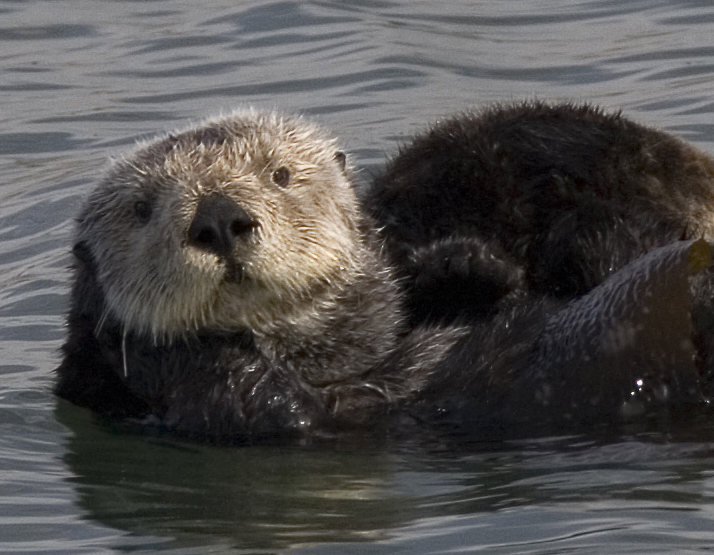
Sea otters are like the bodyguards of underwater kelp forests. They feast on sea urchins. If these sea urchins are left unchecked, they mow down kelp beds like underwater lawnmowers. These kelp forests are very important carbon sinks as they absorb CO2 and support the whole marine life. Without otters, the system will collapse. Plus, who doesn’t love their adorable shell-cracking skills?
Wolves
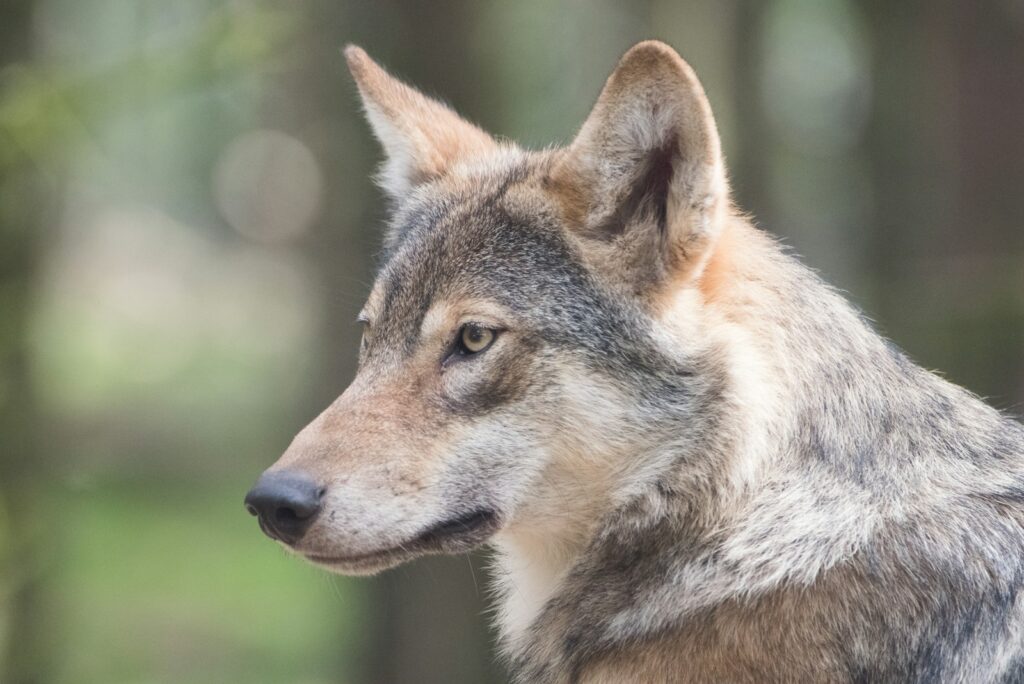
Wolves are not there to hunt; they also help manage the ecosystems. In places like Yellowstone National Park, wolves keep deer and elk populations in control, which prevents overgrazing. This allows plants to blossom, which is very beneficial for everything from songbirds to beavers. Their return to Yellowstone National Park helped a lot in reshaping rivers by stabilizing vegetation along banks.
Sharks
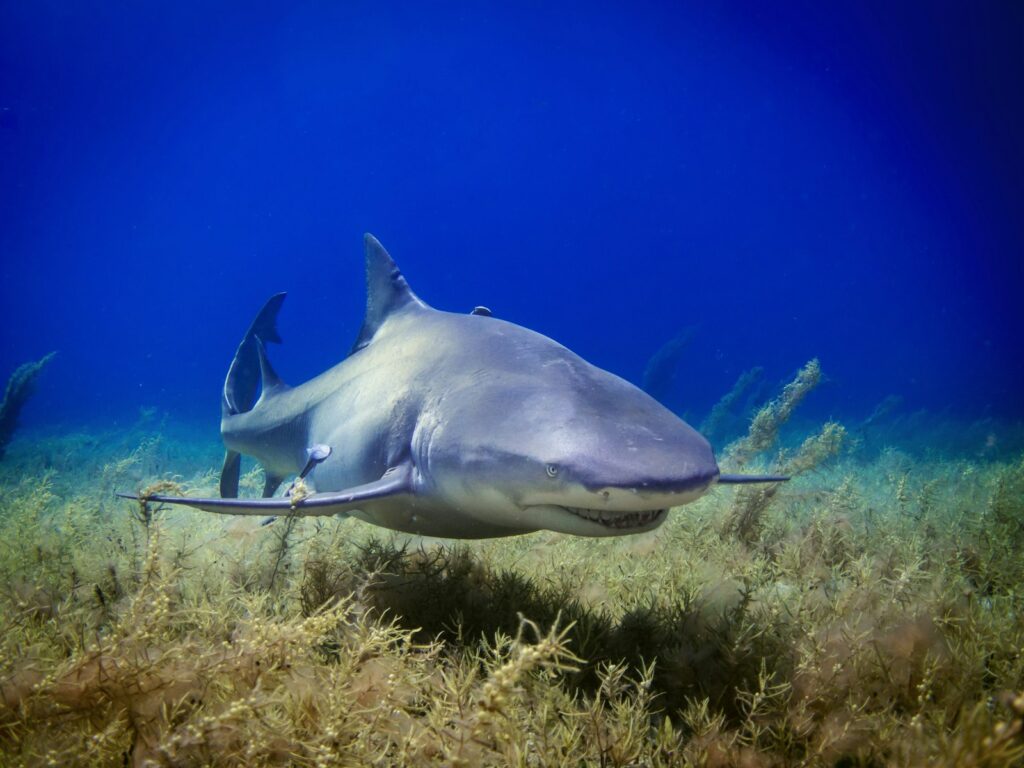
Sharks are the most famous predators out there. Even your child knows about it. This creature keeps fish populations healthy by taking out the weak and sick. This “clean-up” role prevents overpopulation and disease outbreaks. Coral reefs and seagrass meadows benefit indirectly from their presence. Without sharks, ecosystems would spiral out of balance, and that would trigger chain reactions that harm ocean biodiversity.
Earthworms
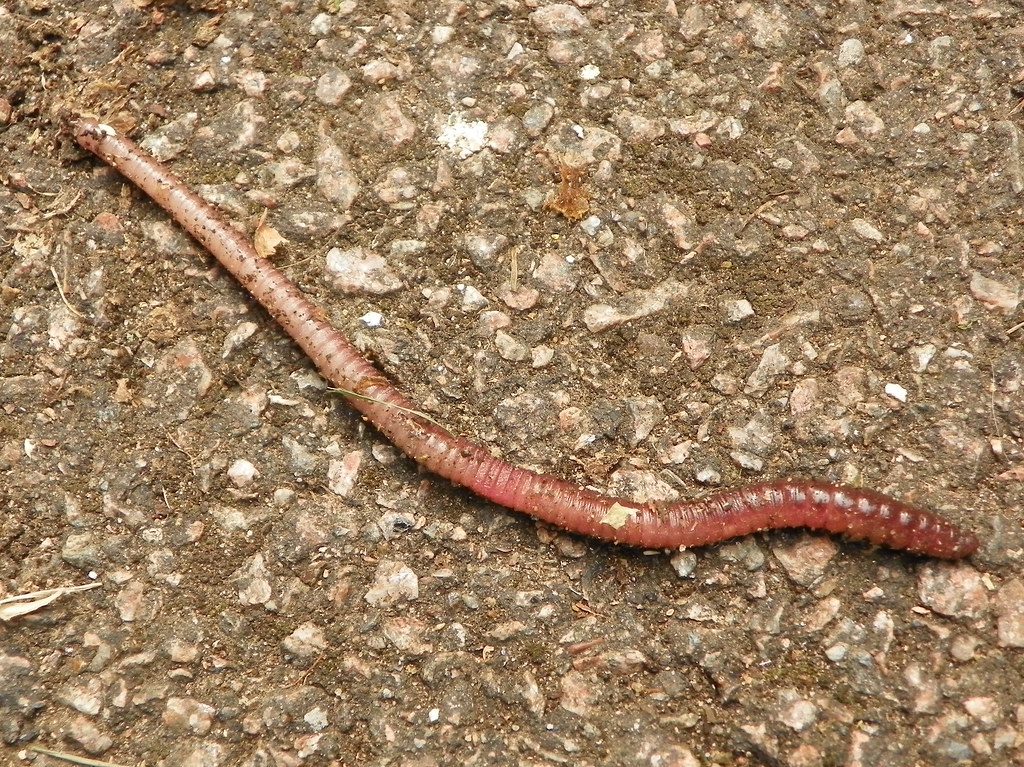
You may overlook earthworms, but they’re famous as soil superstars. As they burrow and feed on organic material, they loosen the soil and make it more fertile. This helps plants grow stronger, which supports all life that depends on them. If earthworms disappeared from the earth, the soil would lose all its richness, and farming would face a lot of serious challenges.
Bats
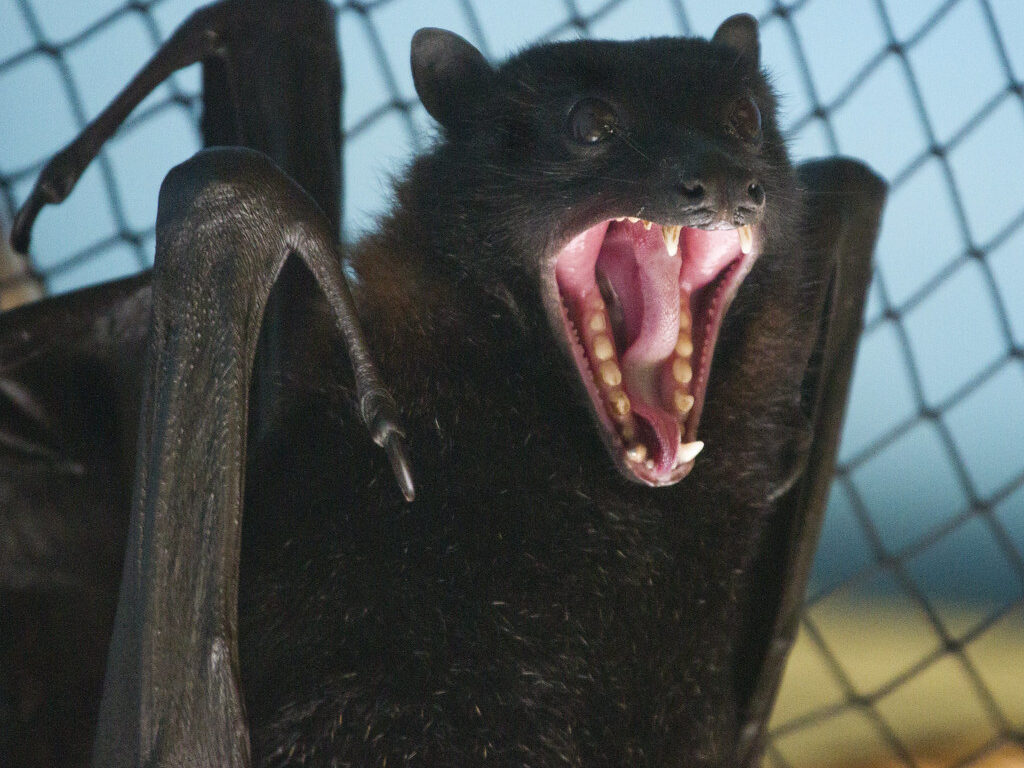
A single bat can munch on thousands of insects, including those annoying mosquitoes, in one night. Farmers owe them big time because they reduce the need for chemical pesticides. Plus, some bats are crucial pollinators for plants like bananas, agave (hello, tequila!), and cacao. Imagine a world without chocolate or tequila—it’s the stuff of nightmares!
Elephants
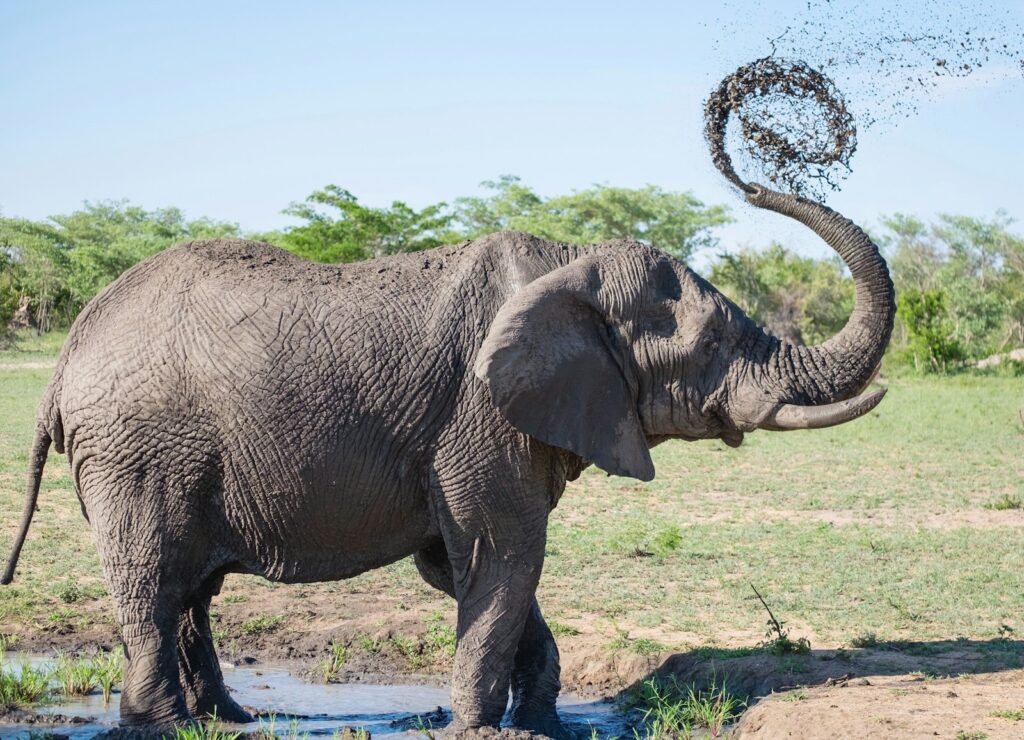
Elephants act like nature’s landscapers as they shape their surroundings in amazing ways. They push over trees to create open grasslands, dig water holes to provide water in dry areas, and spread seeds through their dung. These actions create food and shelter for many other animals. Without elephants, ecosystems from African savannas to Asian forests would start to fall apart.
Prairie Dogs
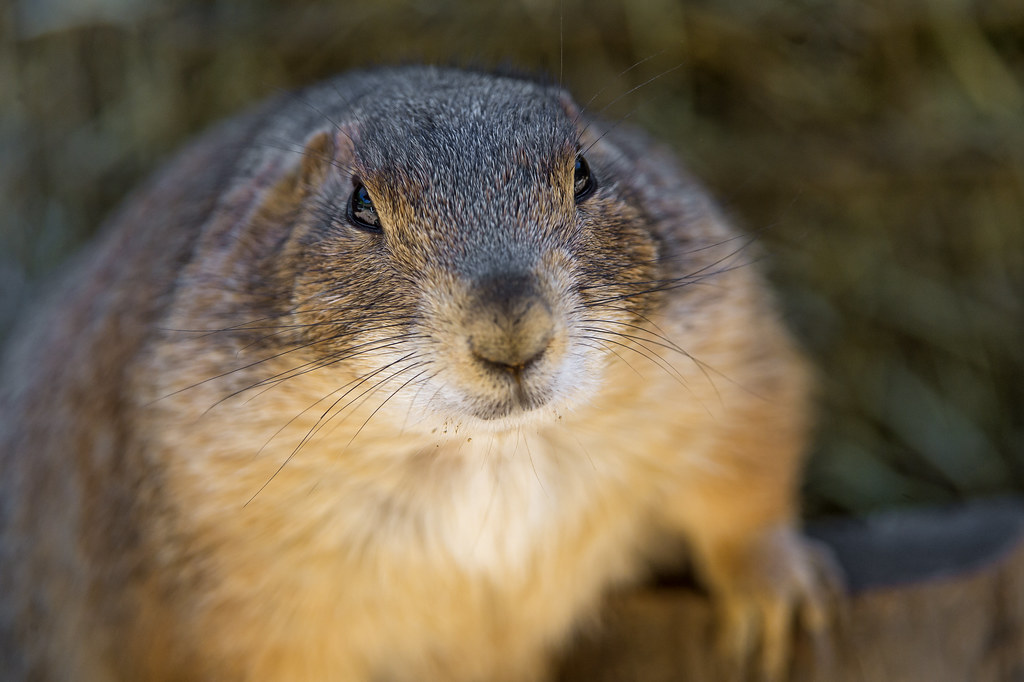
Prairie dogs look so much like those cute little rodents, but their burrowing creates homes for other species, from burrowing owls to snakes. Their digging also aerates the soil, which encourages plant growth. Grasslands with active prairie dog colonies support a wider variety of life. It proves that these small critters have a big impact on our ecosystem.
Coral
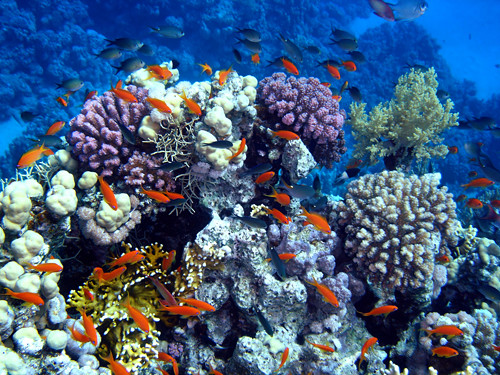
Coral reefs are home to about 25% of all marine species. They give shelter, food, and breeding grounds for a number of creatures, from tiny shrimp to big fish. But they’re incredibly sensitive to temperature changes, and warming seas are causing widespread coral bleaching. Protecting coral reefs is vital for ocean health—and for the millions of people who rely on them for food and livelihoods.
Vultures
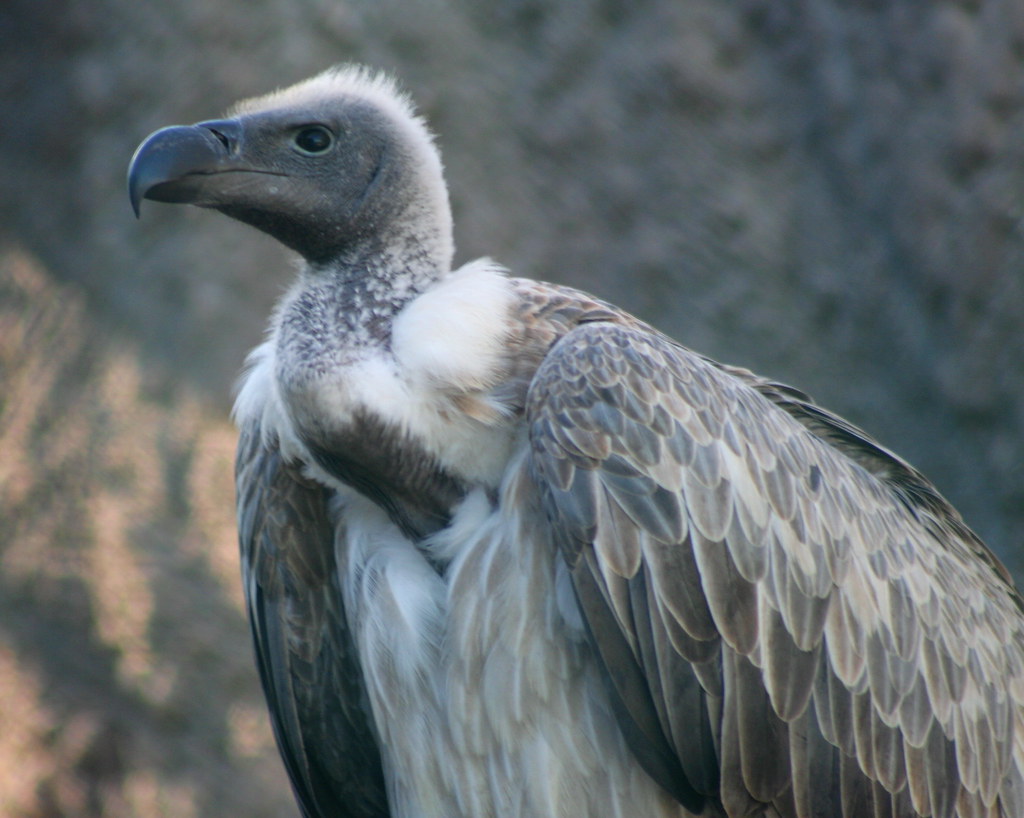
Now, you might think that vultures are ugly (we know they’ll never win any beauty contests), but they’re essential for public health. By scavenging carcasses, they prevent the spread of nasty diseases like anthrax and rabies. In places where vultures have declined, feral dogs and rats have taken over the job, often spreading disease to humans.
Beavers
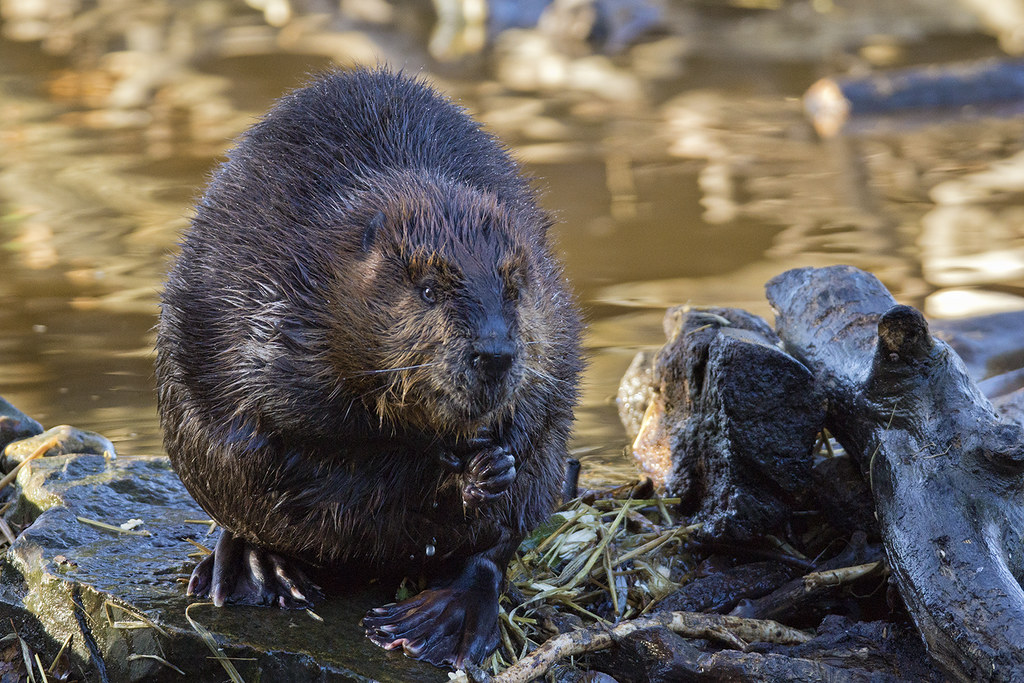
Beavers are amazing builders who transform streams into wetlands by making dams. These wetlands naturally filter water, reduce flooding, and create habitats for many species. Even when beavers leave their dams behind, the structures still provide homes for fish and amphibians. Without beavers, many ecosystems would lose their wetlands and all the important benefits they offer.
Ants
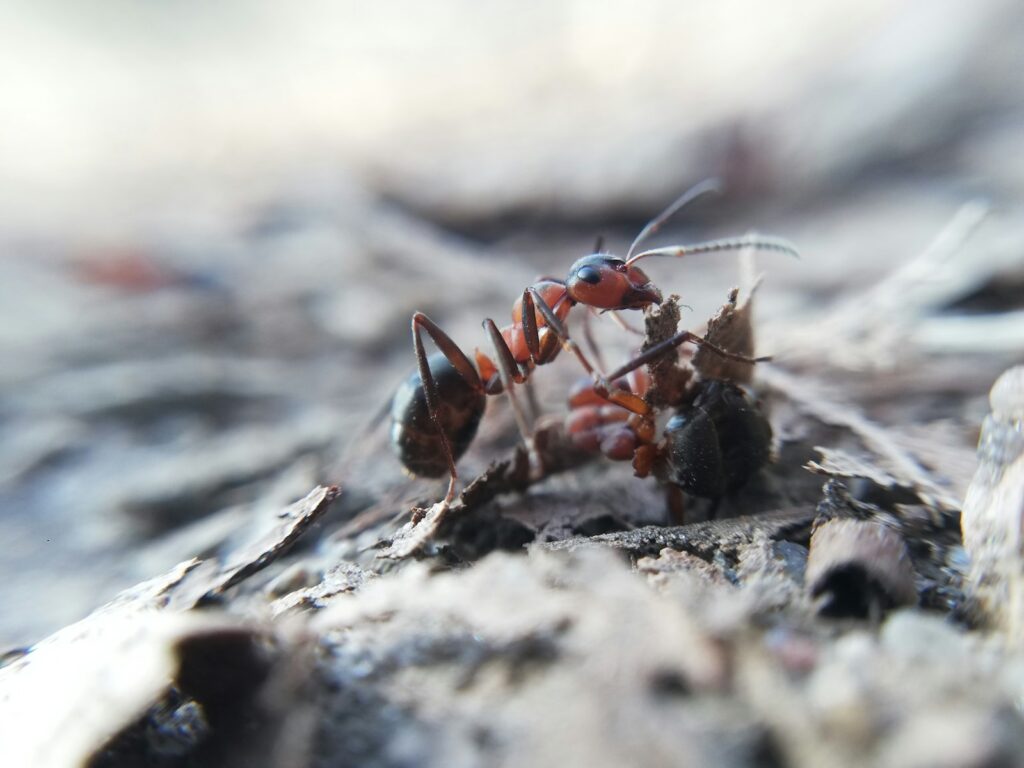
Ants might be annoying at a picnic, but out in nature, they are the most valuable players. They help by loosening up the soil, spreading seeds around, and recycling nutrients back into the ground. Some plants (like acacias) even count on these tiny creatures to save them from animals that munch on their leaves. Thanks to their teamwork, ants help ecosystems run smoothly.
Whales
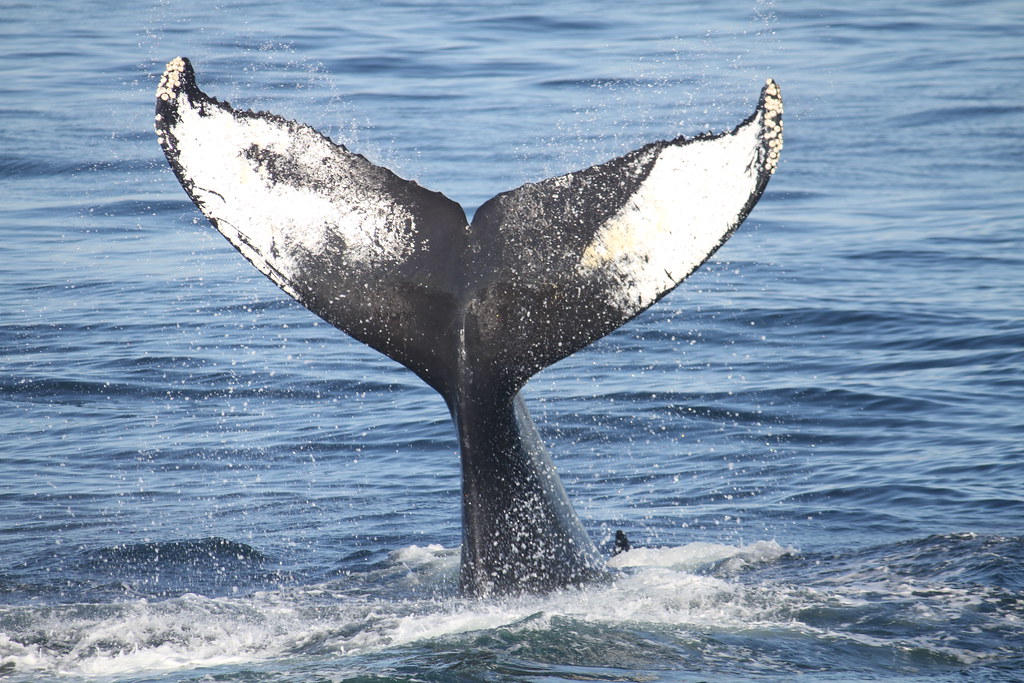
Whales do so much more than just swim majestically. Their poop (gross, we know) is rich in nutrients that fertilize plankton, the tiny organisms at the base of the marine food web. Healthy plankton populations mean more fish and better carbon absorption from the atmosphere. So protecting whales helps the entire ocean—and even the planet’s climate.
Frogs
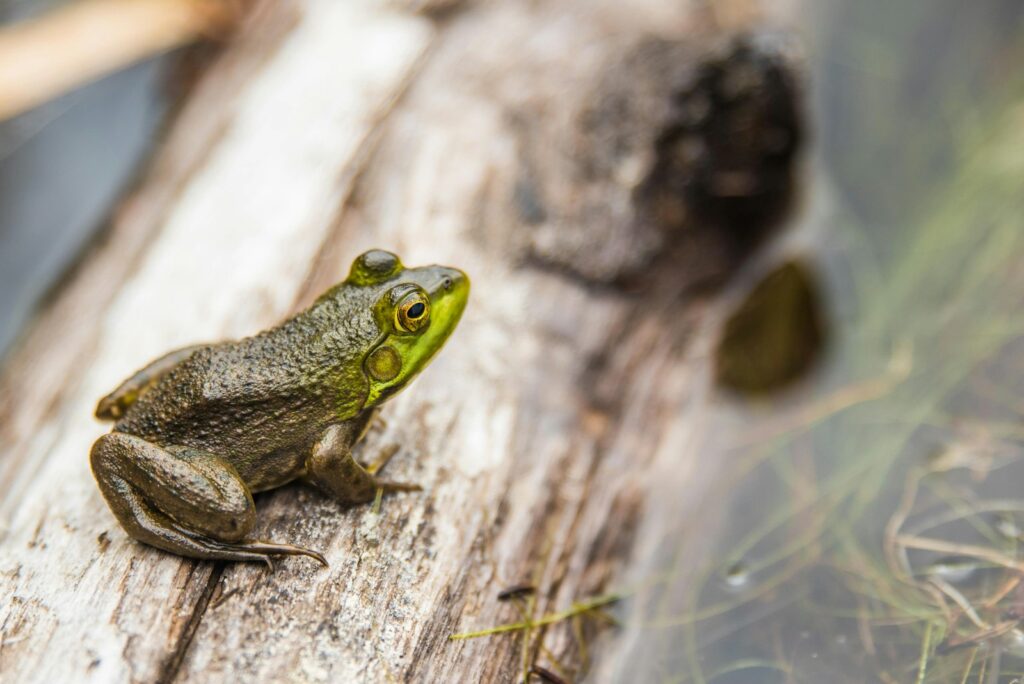
Frogs act as nature’s warning system. They absorb water and air through their skin, which makes them very sensitive to pollution and changes in the environment. If frogs start disappearing, it usually means something is wrong. They also help by eating pests and providing food for many predators. When frogs are healthy, it’s a good sign that the ecosystem is doing well too.
Tigers
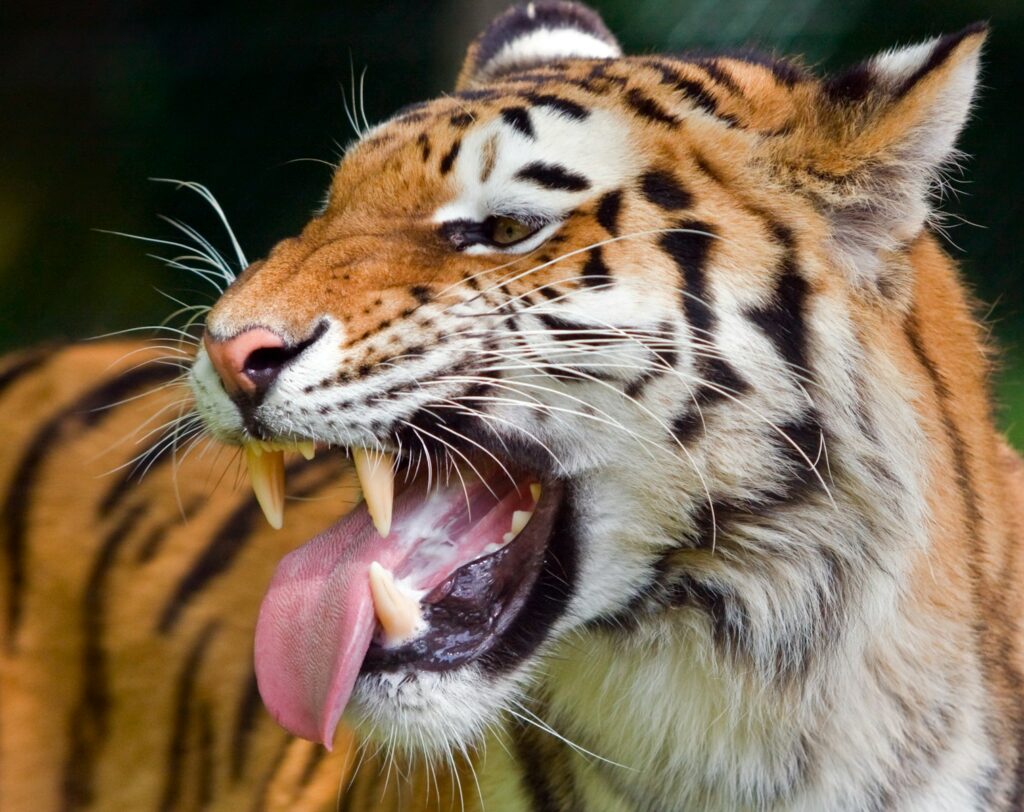
Tigers are top predators, and their presence is a sign that the ecosystem is healthy. These predators also keep prey populations in check, which helps prevent herbivores from overgrazing plants. Saving tigers also means saving large areas of forests, which allows lots of species to flourish. So, saving tigers is like protecting the entire web of life in their habitats.
